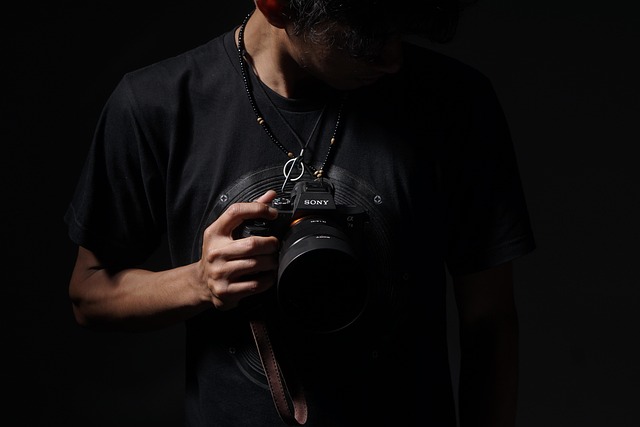Mastering Exposure in Photography
For professionals striving to craft visually stunning photographs, understanding exposure is crucial. It’s not just a technical element; it’s an artistic endeavor that can elevate your work from ordinary to extraordinary. Exposure is essentially the amount of light that reaches your camera’s sensor, and mastering it is key to unlocking the full potential of your optics.
The Triangle of Exposure
To truly grasp exposure, one must get acquainted with the Exposure Triangle: aperture, shutter speed, and ISO. Each element plays a critical role in determining how light interacts with your camera. For professionals, a fine-tuned understanding of this triangle enables you to adjust settings in real-time, accommodating varying lighting conditions while maintaining full creative control over your image.
- Aperture: The size of the lens’s opening has a dramatic impact on the depth of field and the amount of light entering the camera. A wide aperture (low f-number) allows for more light but a shallower focus, while a narrow aperture (high f-number) provides a greater depth of field.
- Shutter Speed: This determines how long the camera’s sensor is exposed to light. Fast shutter speeds can freeze motion, while slower speeds introduce blur, creating a sense of movement that can be dynamic and artistic.
- ISO: The camera’s sensitivity to light, ISO affects your ability to shoot in low-light conditions. However, boosting ISO can introduce grain, so find the perfect balance for your image needs.
Practical Application of Exposure
For professionals, understanding exposure means being able to assess a scene quickly. When you arrive at a location, take a moment to observe the light. Is it harsh midday sun or soft golden hour glow? Use your camera’s metering modes—evaluative, center-weighted, or spot metering—to gauge how much light is present.
Additionally, practice makes perfect. Spend time shooting in different lighting conditions to see how changes in your exposure settings affect your final images. Create a series of shots at varying exposures to truly internalize the significance of each element. Experiment with different optics as well, as certain lenses may react differently to light and contribute to your overall photographic style.
Post-Processing: The Final Touch
No mastery of exposure is complete without considering post-processing. Utilize editing software to fine-tune exposure, contrast, and brightness after the shot. For professionals, this step can mean the difference between a good photo and a great one. Understanding how to tweak your images while keeping in mind the principles of exposure will arm you with the tools to perfect your vision.
Final Thoughts
Mastering exposure in photography is a journey. It’s about finding harmony between the technical and the artistic, allowing the natural beauty of your subject to shine through your optics. As you refine your skills, remember that every click of the shutter is an opportunity to tell a story. Through practice and an unwavering commitment to understanding exposure, you will create images that resonate and inspire.



